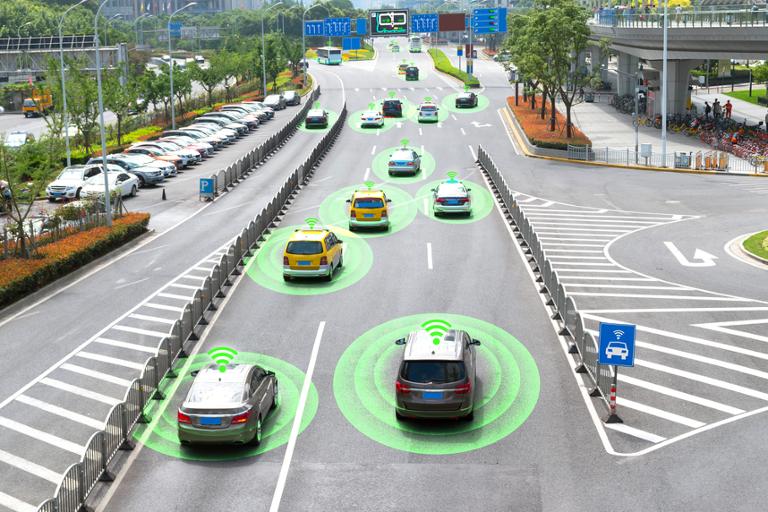Apple has acquired autonomous driving startup Drive.ai, suggesting that its aspirations to build some kind of self-driving platform are still very much alive.
According to Axios, which picked apart the secretive deal as best it could, Apple could end up paying far less than Drive.ai’s supposed $200 million value (based on its Series B funding round in 2017). Drive.ai will lay off 90 employees in California as it shuts down independent operations.
Apple has spent years working on “Project Titan,” a (codenamed) initiative that has involved as many as 1,000 employees at some junctures. Although early reports suggested that some kind of vehicle was in the works, Apple reportedly shifted the project’s focus to vehicle software, with a heavy emphasis on autonomous-driving features. Because Apple is traditionally tight-lipped about development, information on the project has been thin and scattershot.
But the Drive.ai buy makes it clear that Apple is still interested in autonomous driving in some capacity, although the company faces a good deal of competition if it rolls such a product into the market. Tesla, for example, is all-in on autonomous vehicles, with CEO Elon Musk breezily predicting that Tesla automobiles will soon hit full “Level 5” autonomy.
Google’s Waymo spinoff, GM, and Uber are also rushing to build self-driving vehicles and software, with varying degrees of success. There have also been spectacular setbacks. In 2018, for instance, Uber stomped the brakes on its longtime self-driving program after one of its autonomous testing vehicles (a Volvo VX90 sport-utility vehicle with a sensor package) killed a pedestrian. Autonomous driving is an incredibly difficult problem, which makes it an exciting prospect for tech professionals who like a challenge.
If you’re interested in breaking into the nascent field of autonomous driving as a software designer, there are some resources available online that will get you started. For instance, Udacity offers a self-driving car engineer nanodegree, and Udemy and Coursera have similar products. If you’re interested in a more academic approach, MIT has videos and slides from its “Deep Learning for Self-Driving Cars” coursework.
The good news is that all the skills vital to autonomous driving—including machine learning, artificial intelligence, image processing, and robotics—are transferrable to other areas of tech. Even if a career in self-driving development doesn’t work out, this kind of skill-set will open up all kinds of career doors.



